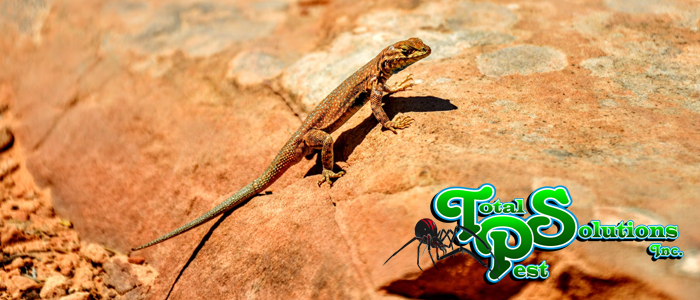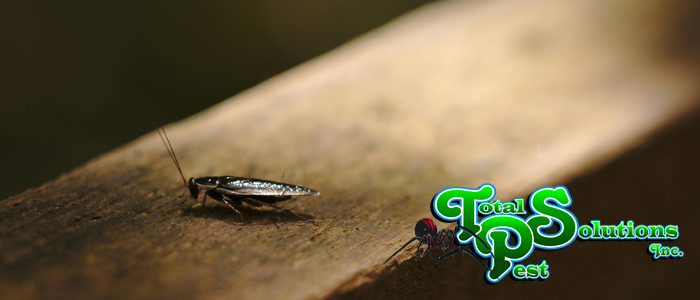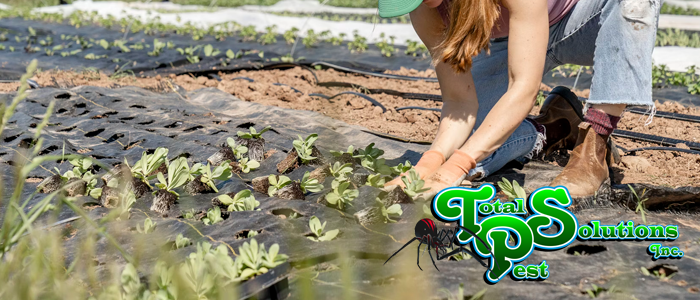
Deer, field, and harvest mice; these three common species often reside within a residence uninvited. They spread disease, ruin wiring, and damage both framing and insulation with their dens. One nightmarish situation for any homeowner is the unfortunate sighting of a small, brown rodent scurrying across their floor late at night. Yet, you’ll often be unsure if that was simply a mere stray that found its way within your home, or more alarmingly, the telling sign of a full-blown nest. In this article, we go over the basics of identifying mouse infestations.
Identifying Mouse Infestations
A foul winter, bad weather, starvation, anything of the sort can be the driving factor for these little invaders to find themselves staking claim to our territory. Mice are rodents with diets very similar to humans, similar needs for heat and comfort as well. Thus, it’s not uncommon for these pests to create burrows within our walls unnoticed.
They’ll take crumbs from our dinner, tear into insecure foods, and far worse as their invasion progresses from one mouse, to ten, to dozens within a few measly months. This guide will assist in detecting these pests before the damage they’ve done can worsen.
How They Get In
A mouse has more ability to press themselves than most imagine – their bodies capable of flattening out to fit into the smallest crevices, even those as tiny as a fourth of an inch. Therefore, any number of structural weaknesses within your foundations or walls could be the invading point for scouting rodents to sneak in.
Mouse Droppings
Mouse droppings, aside from an accidental spotting, are one of the first signs that you might not be quite alone in your home. If you have the slightest inkling of suspicion begin searching for their waste around all of your food, and unfortunately, take into consideration that all your unsecured goods might be contaminated with diseases from their excrement. These pests aren’t exactly the most careful when it comes to restroom needs.
Where They Nest
Mice, as stated previously, like warmth overall. You can expect them to build their dens near anything producing heat. They’re also unlikely to travel very far from their dens, so that usually makes them thrive in places with most amenities already easily available. Thus, expect them
Examples to peek at are things such as:
- Behind Stoves
- Behind Refrigerators
- Kitchen Cabinets
- Pantries
Nest Appearance
Mice, in general, build their dens out of nearby materials. They’ll use anything from shredded paper, discarded cloth, candy wrappers, and anything else to collect and develop into a warm ball for them to reside in.
If you look about your home and see that there are various holes in household fabrics, you can’t quite place; that’s a sign. If you find holes burrowed through your drawers and cabinets, they’re likely the cause. They’ll chew through wood to get to the barest scrap of food to feed them and their quickly growing offspring.
If you find strange clumps of these discarded items tucked away into the back of your refrigerator, you likely have an infestation at hand.
You Have a Nest, Now What?
Once you have gone through the steps of identifying mouse infestations and found one in your home, there are steps you should take. One of the best beginning steps is to, first, throw away any food that was in any way exposed to their touch. Mice spread diseases like Lyme and can irritate asthmatics with their urine. It’s far, far safer to replace and secure foods than risk becoming ill from contaminated food.
The next step is determining if the battle with them is worth your own efforts, or if you’d prefer a specialist.
In Conclusion
In some situations, the better solution would be to call upon a pest control specialist who’s had years of experience in ridding homes just like yours of even the worst plagues of rodents. They have the knowledge to accurately estimate the scale of your infestation and the best course of action to dealing with your unique issues. But alternatively, there’s always the traditional bait and traps to simply ‘snap’ them.
continue reading
Related Posts
How to Get Rid of House Lizards Without Killing Them
What They Don’t Tell You About Gardening in Florida Florida






